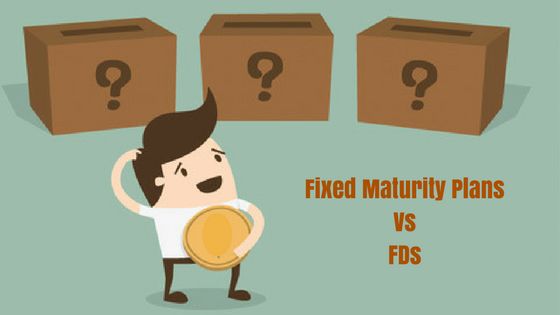Let us Understand the Difference Between Fixed Maturity Plans and FDs Here
The risks and returns associated with investments made by a person can be determined by how it is put to use. Let us see the process- an asset is purchased by an investor and depending upon the returns the investor earns an interest along with the sum he initially invested. It is important to know who purchases the asset and the nature of the asset.
We will now see how FMPs and FDs work based on the above factors.
Suppose you invested in an FD scheme from a bank and NBFCs. Now what the bank does is it lends the money based on terms and conditions to various people who need a loan. This is how banks ensure that it will pay back on your investments. Your investment is an asset for the bank. Risks are low particularly if you chose a well-known and credible bank.

Now let us explore the FMPs. These are nothing but close-ended debt funds in which you can invest at the time of new fund offer. In an FMP, the investment is made as a mutual fund.
In case of FDs, you are empowering the bank to provide loans. But in case of FMPs, you are in the same market as that of banks in providing loans. In this segment we help to describe difference between fixed maturity plan or fixed Deposits hop it will you to opt best plans for investment.
